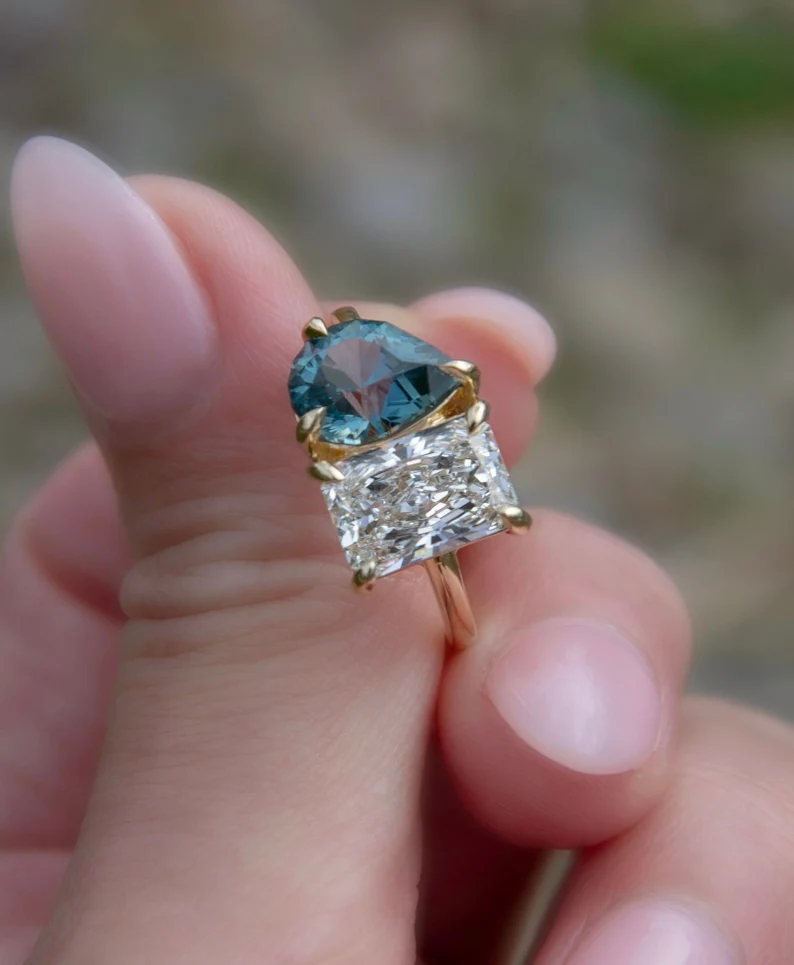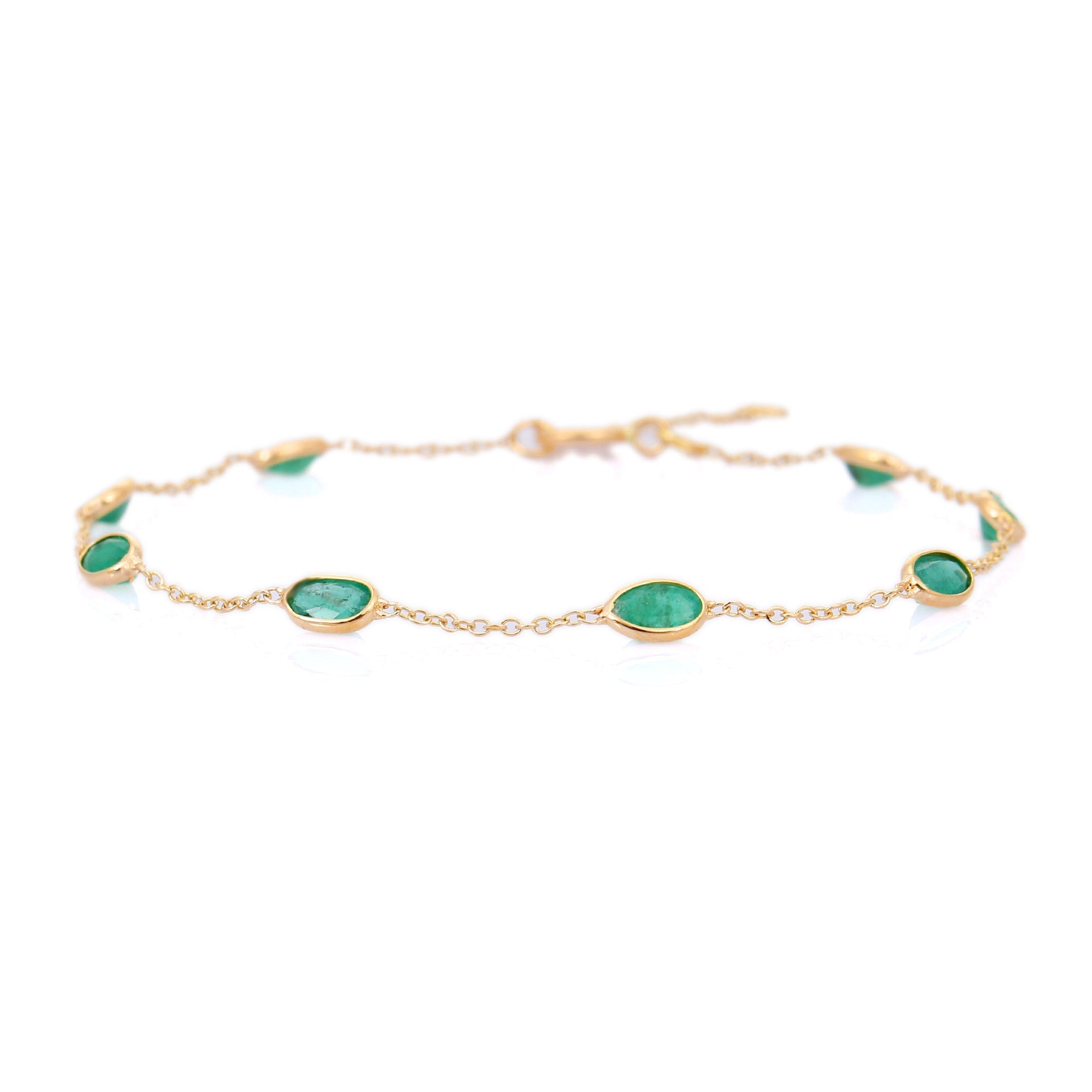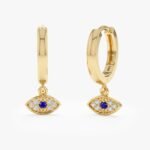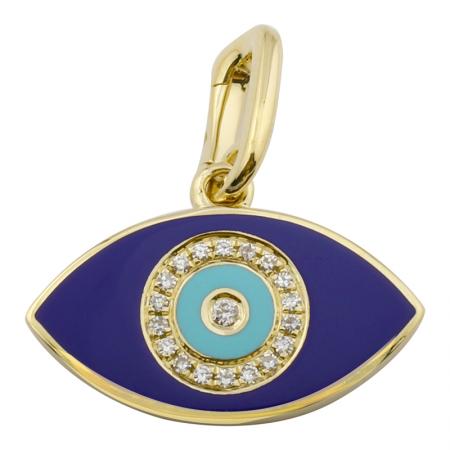Graduation Gifts: Tiny Diamonds That Photograph Huge

Small diamonds can make a big impression in photos. They catch light, sit close to the camera, and add a polished look without stealing the show. For graduation gifts, tiny diamond pieces feel personal and wearable. They work for first-job wardrobes, grad portraits, and everyday wear. This guide explains which small diamonds photograph best, why certain settings and metals matter, and how to choose quality without overspending.
Why tiny diamonds make practical graduation gifts
Tiny diamonds are versatile. A simple diamond pendant or a pair of small studs goes with both casual and formal outfits. They are less likely to snag or get damaged than large stones. That makes them practical for someone starting a job or moving to a new city. Photographically, small diamonds can appear proportionally larger when shot close-up. That bright pinpoint of white light reads as luxury in portraits and social photos.
Sizing, shapes, and what those numbers mean
When choosing a tiny diamond, look at carat and millimeter size together. Size tells you how the stone will read in photos and on a person.
- 0.01 ct (≈1.3 mm) — tiny melee, good for accent settings, stacking. Photographs as a sparkle point; best for details like initials or tiny cluster pendants.
- 0.03–0.05 ct (≈2.0–2.25 mm) — small studs or single-pendant stones. Visible in portraits and on video calls without looking oversized.
- 0.10 ct (≈3.0 mm) — the sweet spot for a delicate solitaire pendant or refined studs. Clear presence in photos and still office-friendly.
- 0.25 ct (≈4.1 mm) — small but definite. Good for someone who wants more presence in portraits without a statement piece.
Round brilliant cuts reflect light best at small sizes. Princess and cushion cuts also photograph well when set with open prongs or bezel edges that don’t hide the table. For much smaller stones (melee), clusters or pavé settings concentrate sparkle and read larger on camera.
Settings and metals: how they affect photos and wear
The setting dictates how much diamond you actually see in a photo and how durable the piece will be in daily use.
- Prong (two- or four-prong) — lets light hit the stone from many angles. Gives maximum sparkle. Choose secure prongs for active wear.
- Bezel — metal rim around the diamond. Reduces glare and protects the stone. Photographs as a crisp, modern look with a clearly visible silhouette.
- Flush or channel — diamonds sit level with metal. Great for stacking rings or huggie hoops. In photos, these read as texture or a line of sparkle rather than a single gem.
Metal choice affects perceived color and contrast. Use these rules:
- 14k yellow gold (≈58.5% Au) — affordable and durable. A warm metal can mask slight warmth in a J–K color diamond, making small stones look whiter in photos.
- 18k yellow gold (≈75% Au) — richer color, softer metal. Better for heirloom pieces but scratches more easily.
- 14k or 18k white gold — bright, jewelry-store white. White gold is often rhodium plated; plating gives extra white tone but will need re-plating every few years.
- Platinum (Pt 950) — durable and naturally white. Keeps small diamonds secure and presents the most neutral color under flash.
- Sterling silver (925) — budget friendly but tarnishes. Best for casual gifts rather than long-term daily wear.
Quality and budget: color, clarity, and lab-grown vs natural
With tiny diamonds, cut and cleanliness of the setting matter more than top-tier color and clarity grades. Here’s why.
- Cut — even small diamonds need good proportions to sparkle. A well-cut 0.10 ct will outshine a poorly cut 0.25 ct.
- Color — for white metals aim for G–H for near-colorless results in photos. For yellow gold you can safely choose J–K and save money; the warm metal compensates.
- Clarity — inclusions are harder to see in small stones. SI1–SI2 is usually fine for melee and small solitaires. Even I1 can be acceptable if the inclusion is not visible face-up.
- Lab-grown vs natural — lab-grown diamonds are chemically the same. They typically cost 20–40% less at equal grades. Choosing lab-grown gives the same look for less, which can be smart for a first grown-up piece.
Styling and photography tips
A small diamond looks larger and more polished in photos with the right setup. Here are practical tips.
- Use indirect natural light. Window light gives soft, bright reflections without harsh glare.
- Place the piece close to the camera. Small items need macro or close-up framing to register detail. Phone portrait mode with a slight distance works well.
- Choose a clean background—white, soft grey, or a textured fabric. Avoid busy patterns that hide shine.
- Angle the piece so table facets face the camera for maximum sparkle. Slight rotation often produces flash points that read as big glints.
- Keep the metal polished and fingerprints removed. A microfiber cloth makes a big difference.
- Layer necklaces with varied chain thicknesses to give scale. A thin diamond pendant plus a thicker chain visually enlarges the diamond’s impact.
Care and longevity
Tiny diamonds are low-risk, but they still need care. Follow these simple rules to keep them photo-ready and secure.
- Have prongs checked by a jeweler every 6–12 months. Small prongs wear faster.
- Clean regularly with warm water, mild dish soap, and a soft brush. Rinse and dry on a soft cloth.
- Avoid ultrasonic cleaning for pieces with fragile settings, inlaid gemstones, or certain treatments. Ask a jeweler if unsure.
- Store separately in soft pouches to prevent scratches on metal or stones.
Gift ideas and price guide
Here are practical graduate-friendly options and typical price ranges. Prices assume standard metal (14k gold) and either lab-grown or small natural diamonds.
- Tiny bezel pendant with a 0.05–0.10 ct diamond — $150–$550. Subtle, durable, great for everyday wear.
- 0.03–0.05 ct studs in flush or prong settings — $80–$350. Classic and versatile for interviews or grad photos.
- Pavé bar necklace or huggie hoop with 0.01–0.05 ct melee — $100–$400. Looks more substantial in photos because of concentrated sparkle.
- Stacking ring set with several 0.01–0.05 ct melee diamonds — $120–$500. Offers personalization and layering options.
For a meaningful touch, add engraving (initial, grad year) or combine a tiny diamond with a birthstone. That keeps the piece wearable and personal without heavy expense.
Choose a small diamond that fits daily life and the recipient’s style. Prioritize cut, the right setting, and a metal that complements the stone color. With those choices, a tiny diamond will photograph and feel much larger than its carat weight.




